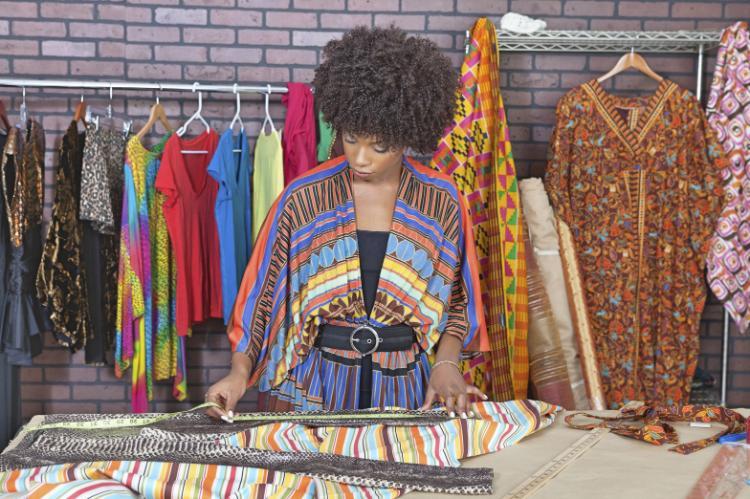Local Fashion Design and How it Influences Our Students
Published: 9 September, 2018
Categories: General

Going into the creative field in South Africa, is a very conflicting and often confusing journey. Coming out of a school system that places priority on Mathematics and Science, I was immediately faced with the idea that the fashion design industry has little to no job security but spending time as a student of the field broadened my mind to the possibilities in the field, which I find to be often overlooked.
The local fashion industry is, contrary to popular opinion, brimming with opportunity. The problem arises with the type of jobs in the industry. Realising that there are aspects of the fashion industry beyond designing and constructing garments, such as merchandising, trend analysing and fashion buying, as well as how an individuals style can indirectly play a role in the industry. As I believe my style has gravitated towards how I can play a role in the industry indirectly.
We live amongst a generation of people preoccupied with correcting the injustices of the past, colonisation being most pertinent to South Africa. We are now seeing that attitude and intention emerge in the field and that trickles down into the work produced as a student.
Designers like Laduma Noxolo, founder of the MaXhosa brand and Rich Mnisi, have become a prime example how African cultures can be incorporated into daily attire and elevated to the status of wearable high fashion, resonant around the world. Similarly, artist & fashion photographer Trevor Stuurman uses his styling to create images of African fashion that speak to the movement of African pride. His growing global popularity heralds the era of African design, of which South Africa has a leading role to play as one of the economic powerhouses of Africa.
South Africa’s culturally rich society lends itself as a diverse pool of inspiration. The stark contrast of wedding attire between the various cultures is an example of how local designers must meet the different needs of the variety of people they may encounter. Many people within the industry work for themselves as seamstresses or tailors, serving their local community by producing culturally significant clothing which is usually unavailable at a retail level.
As sustainability has become a regular topic at industry events the likes of South African Fashion Week, it too affects the way students approach designing. South Africa’s focus on promoting local design often meets the agenda of sustainable design but begins to exclude a large part of the local population, who can only purchase affordable low-priced garments. I find that bridging this gap in the market often directs the textiles and people I design for.
Ultimately, in a globalised African country, local fashion serves as a grounding to our own cultures, formidable enough to hold their own against seasonal fashion trends observed in international fashion circles.